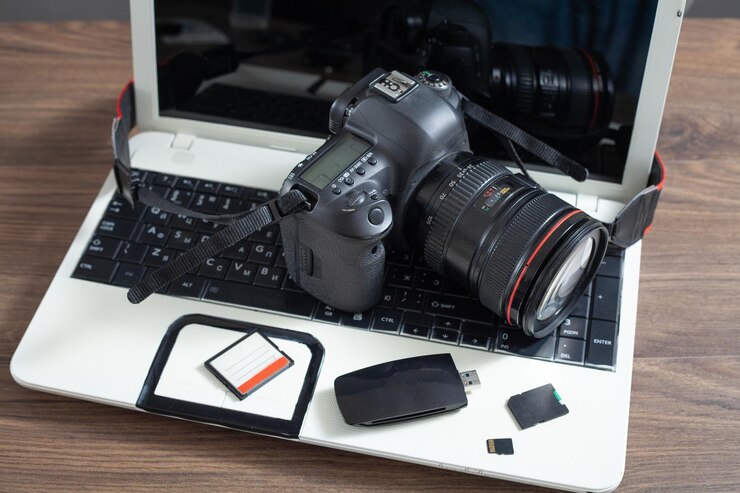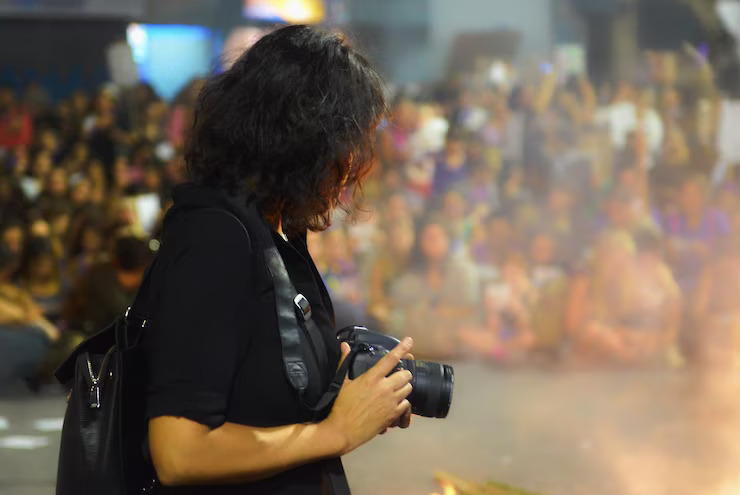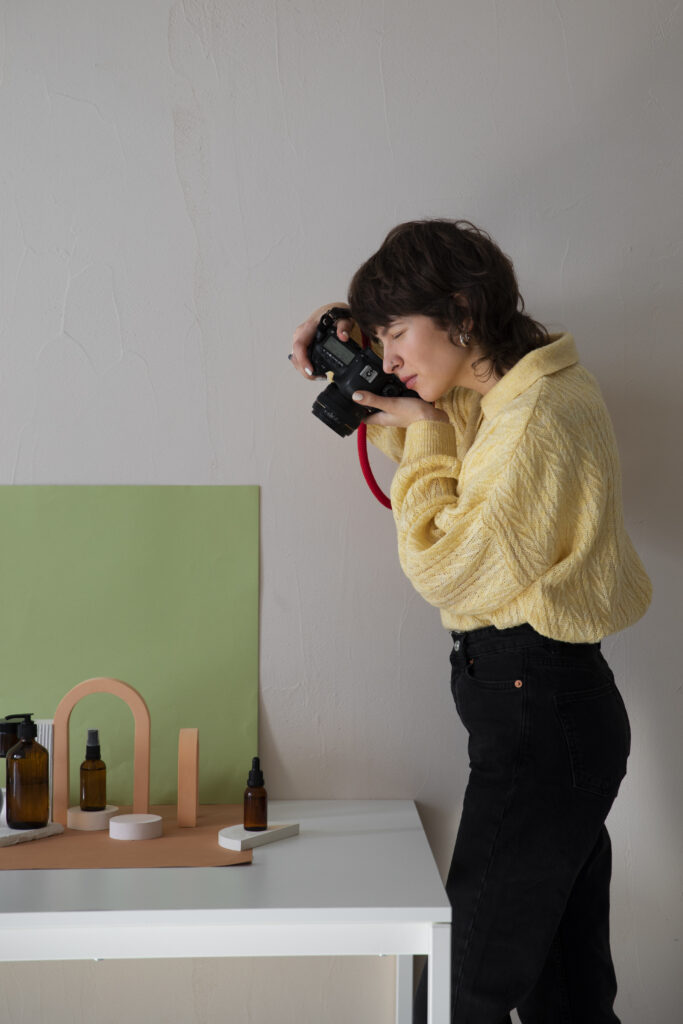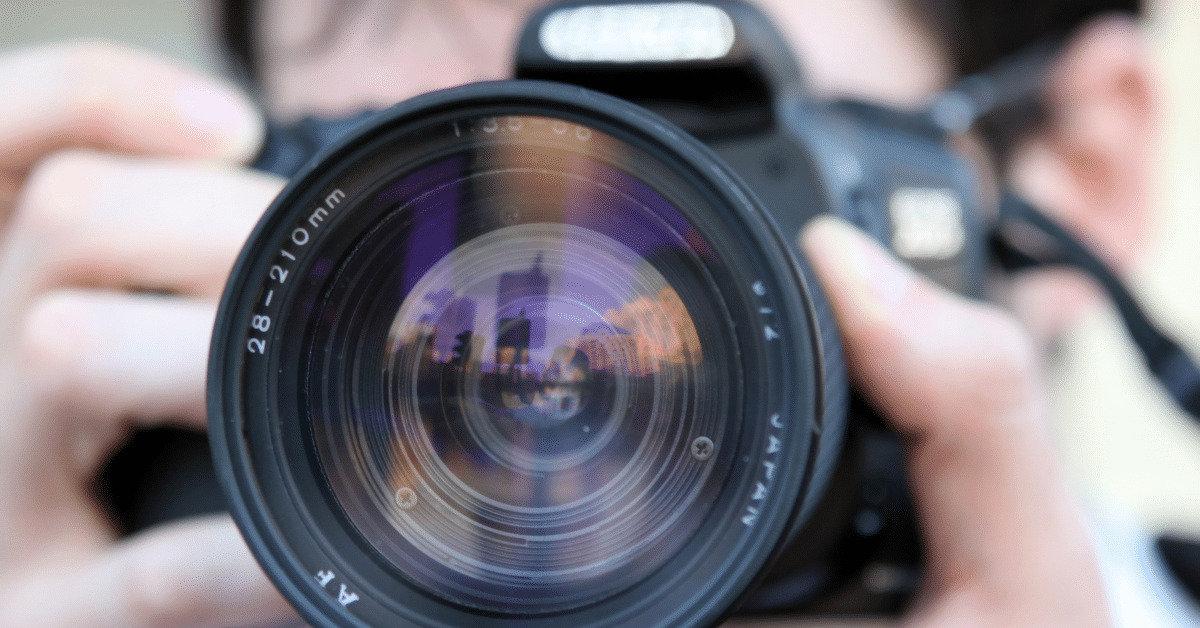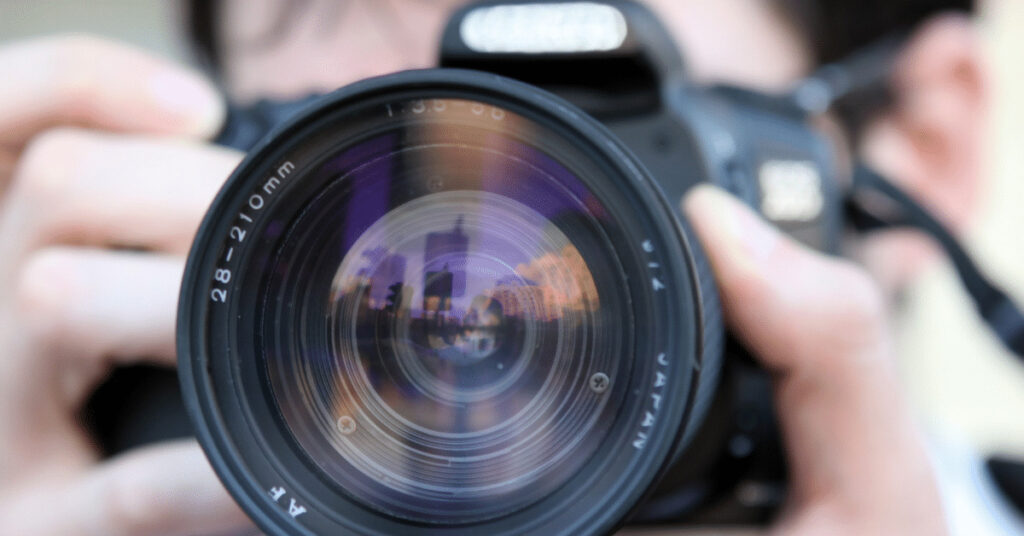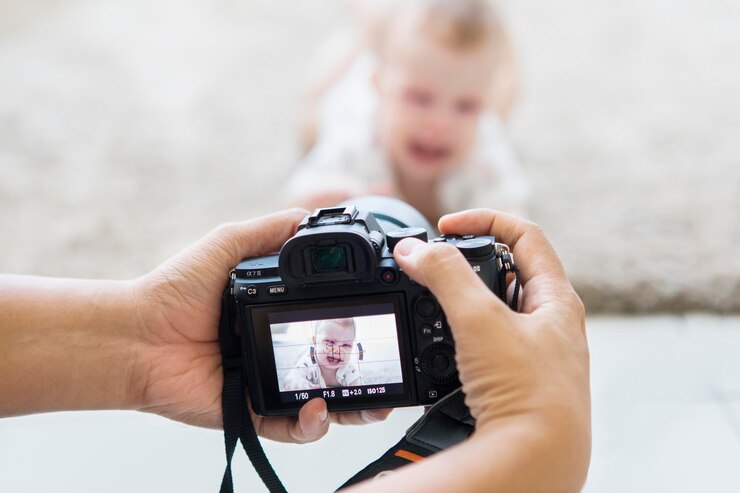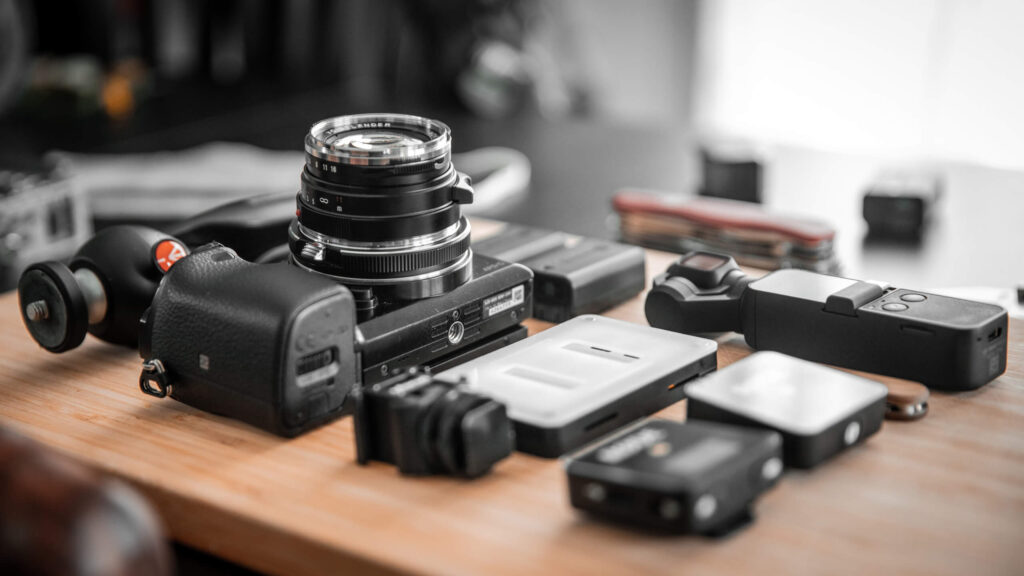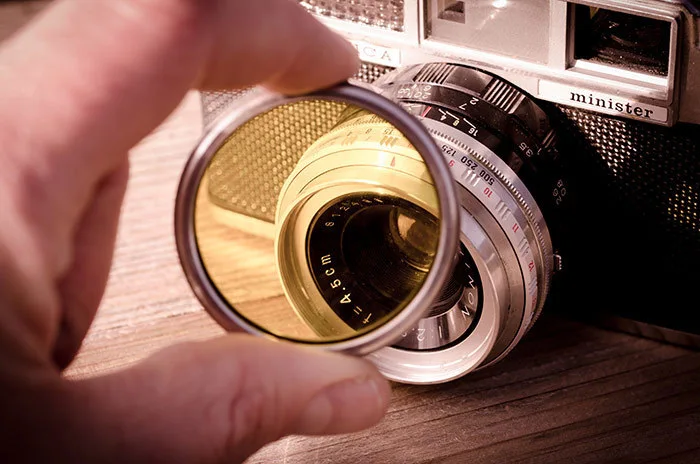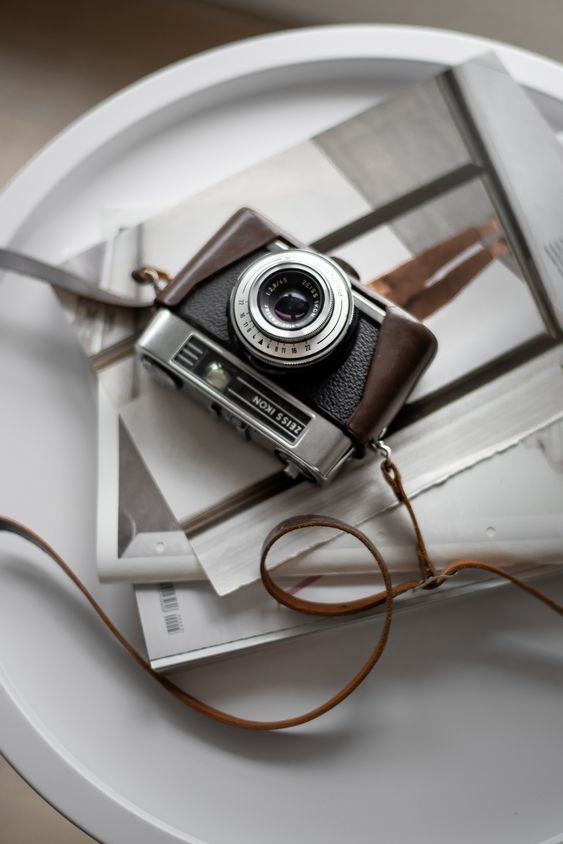Self-portraiture has been a beloved form of artistic expression for centuries, allowing individuals to explore their identities, emotions, and creativity through the lens of self-representation. In the age of smartphones and social media, the blog post of Yvette Heiser talks about how photography has evolved over the years, highlighting the transformative impact of technological advancements on the art form and its accessibility to the masses. If you are an aspiring photographer or simply looking to spice up your Instagram feed, here are some creative ideas for perfect self-portraits that inspire your inner artist.
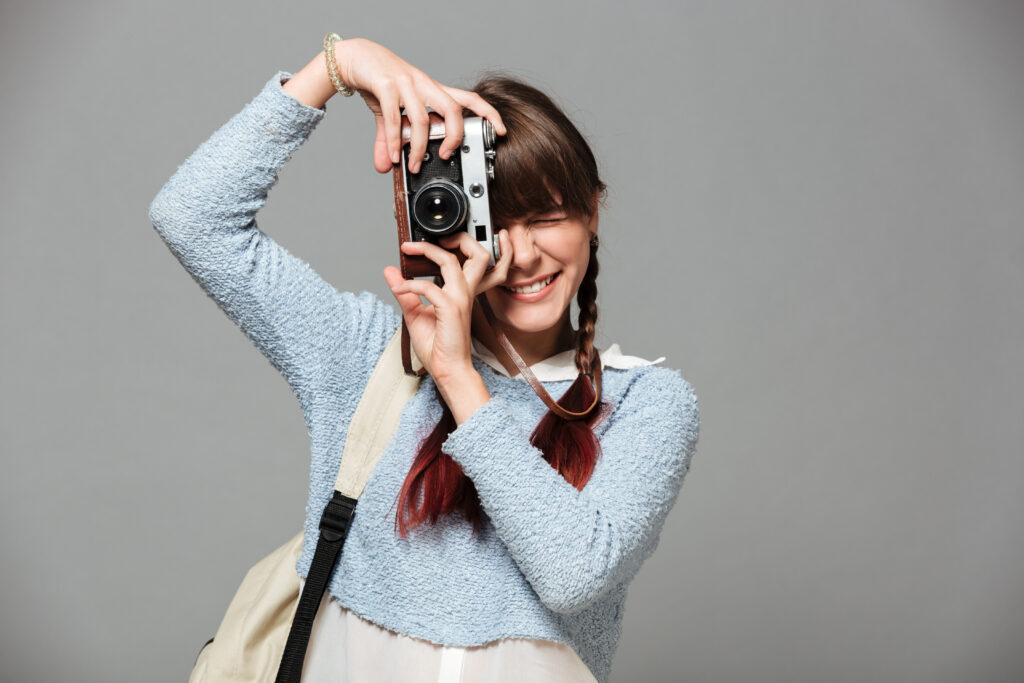
1. Play with Lighting:
Experimenting with different lighting techniques can dramatically alter the mood and atmosphere of your self-portraits. Try shooting for soft, warm tones during the golden hour, or experiment with harsh shadows and dramatic contrasts using artificial light sources such as lamps or flashlights. You can also use reflective surfaces like mirrors or metallic objects to bounce light onto your subject, adding depth and dimension to your images.
2. Explore Unconventional Angles:
Break free from traditional portrait compositions and explore unique angles and perspectives to add visual interest to your self-portraits. Get down low and shoot from below to create a sense of power and dominance, or experiment with overhead shots for a bird’s-eye view of your surroundings. Don’t be afraid to get creative and play with composition, framing, and perspective to capture memorable self-portraits.
3. Incorporate Props and Accessories:
Integrating props and accessories into your self-portraits can add narrative depth and personality to your images. Whether it’s a favorite hat, a vintage camera, or a bouquet, props can help tell a story and convey a sense of style and individuality. Experiment with different props and accessories to see how they can enhance your self-portraits and reflect your interests and passions.
4. Experiment with Double Exposure:
Double-exposure photography involves overlaying two or more images to create a single composite image with multiple exposures. This technique can produce striking, surreal self-portraits that blur the lines between reality and imagination—combining portraits with natural landscapes, architectural elements, or abstract textures to create visually compelling self-portraits.
5. Employ Self-Reflection:
Self-portraiture is not just about capturing your physical appearance. It is also an opportunity for self-reflection and introspection. Use your self-portraits to explore your emotions, thoughts, and experiences and express them visually through your photography. Experiment with different facial expressions, poses, and gestures to convey emotions, from joy and excitement to sadness and contemplation.
6. Collaborate with Others:
Self-portraiture doesn’t have to be a solitary endeavor. Collaborating with other photographers, artists, or friends can provide fresh perspectives and ideas you may not have considered. Collaborative projects can inspire creativity, foster new connections, and result in stunning self-portraits that reflect the combined talents and visions of all involved.
Final thoughts
Consider the above-mentioned points to elevate your self-portrait to the next level. If you are an inspiring photographer, check out Yvette Heiser—Exclusive Wedding Photography Tips to Capture Everlasting Moments for valuable tips on wedding photography. So grab your camera, and start capturing self-portraits that are as creative and captivating as you are.

